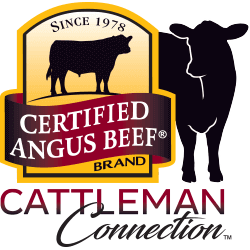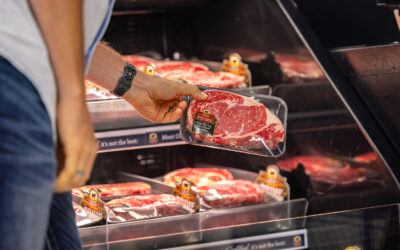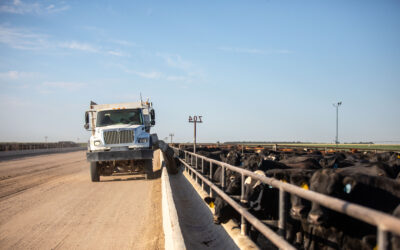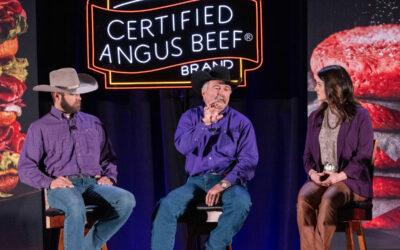
Buy better
by Miranda Reiman
People who have been at it for decades, the second or third generation in this idea that carcass quality matters, with a well-tested recipe for success. These are the farmers and ranchers who often appear in my articles.
They are good examples other people can learn from, the innovators and leaders by example. Many of them saw the movement coming before it really took off and helped make it happen.
But these early adopters aren’t the only people in the cattle business.
I’ve visited with cattlemen across the country at various points of their journey. In Iowa, I enjoyed a visit with the first farmer in his family to take as much interest in the cows as they had in their corn. There was the middle-aged South Dakota man who left a career in another state to start over as a rancher. A producer in Montana talked about getting to make the bull selection decisions, nearing 70 and just taking over that chore from his dad.
These are the people I had in mind as I lobbed out a new story idea: What about an informational piece for those who have decided they want to improve the carcass quality of their cattle, but find the idea somewhat daunting?
I brought the idea to my team. “The working title could be, something like, ‘How to get started in aiming for quality.’”
A teammate quickly responded, somewhat in jest but also with bedrock truth.
“That’d be pretty short: buy better bulls.”
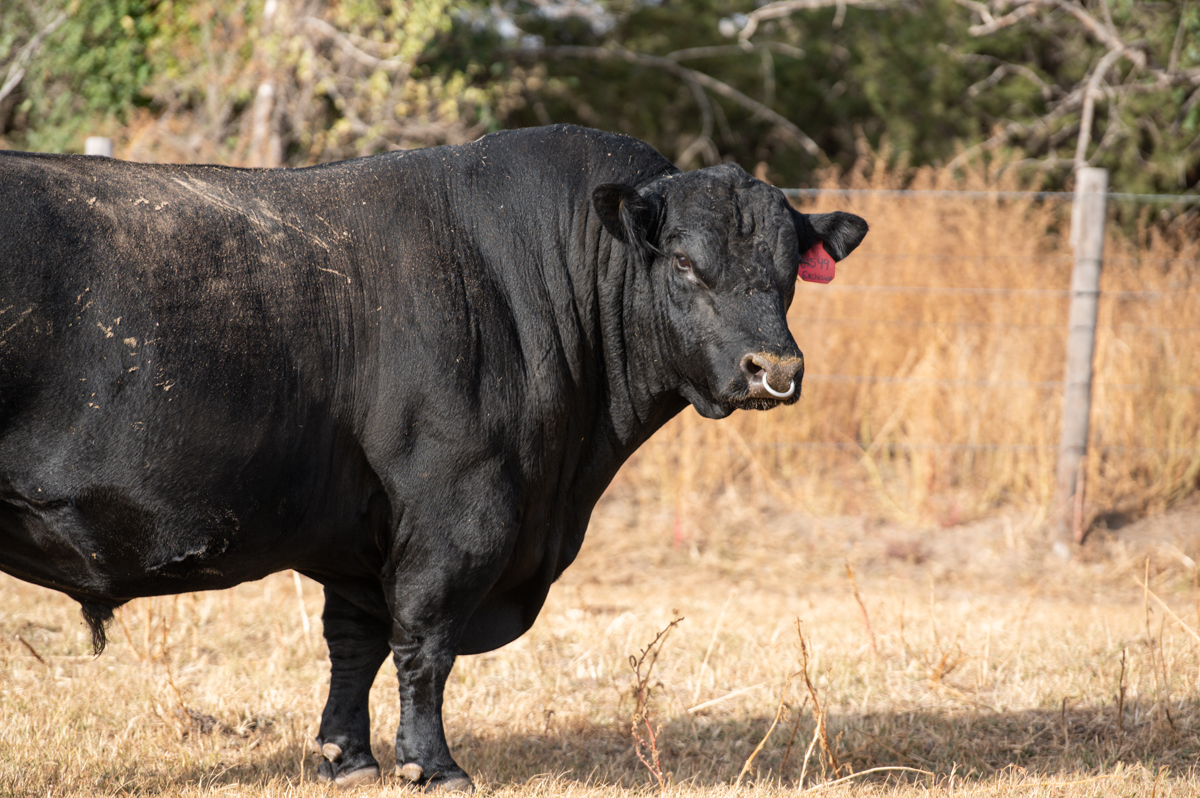
Of course, it’s broader and more nuanced than that, because genetic improvement has so many ways and means. Natural service or artificial insemination? The latter might get you there quicker, but it takes labor and facilities. Maybe it’s a combination of both, applied strategically to different groups of females. There are variables like how much better the sire needs to be, and for what traits.
That all depends on how much you know about your herd now and any benchmarks you’ve already established. Land and feed resources, final marketing method and even the level of record keeping make a difference.
Management affects that final measure, too, everything from health and handling to nutrition. With no shortage of factors to scrutinize, pretty soon the simple article could become a book or a semester-long class.
But at the core it really comes back to that simple beginning. You can’t improve something if you don’t have a starting benchmark and then make use of better ingredients and ideas.
At the foundation of your herd is a decision you probably only make a couple of times a year. Make sure it’s always one that moves toward your target.
If you want better cattle, buy better bulls.
Next time in Black Ink® I will cover reevaluation.
You May Also Like…
CAB Sets Sales Records, Sees Historically High Brand Acceptance Rates
In an otherwise tough time in the beef business, sales and supply records have been a bright spot. The positive numbers mean that quality beef production has not let up, and beef demand is holding. Consumers have proven the value proposition: the good stuff is worth a little more money, for a better eating experience.
Feeding Quality Forum Dates Set Earlier in August
When you’re feeding cattle, it counts to keep track of every calf, pound and dollar. Beyond the event’s educational sessions, networking between segments of the beef supply chain is invaluable—from feeders and cow-calf operators to allied industry and university researchers.
Gardiners Highlight Service, Strength at Foodservice Leaders Summit
Mark Gardiner and his son, Cole, of Gardiner Angus Ranch offered a boots-on-the-ground perspective for CAB specialists attending the annual event, designed to deliver resources that help train foodservice teams and serve consumers at a higher level.
